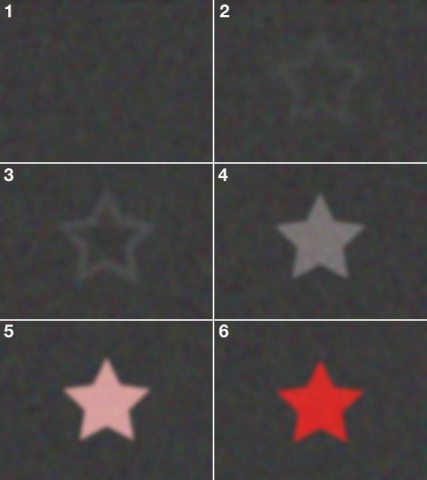For people with aphantasia, visual imagery is absent or markedly impaired. Here, we investigated the relationship between aphantasia and two other neurodevelopmental conditions also linked to imagery differences: synaesthesia, and autism. In Experiment 1a and 1b, we asked whether aphantasia and synaesthesia can co-occur, an important question given that synaesthesia is linked to strong imagery. Taking grapheme-colour synaesthesia as a test case, we found that synaesthesia can be objectively diagnosed in aphantasics, suggesting visual imagery is not necessary for synaesthesia to occur. However, aphantasia influenced the type of synaesthesia experienced (favouring ‘associator’ over ‘projector’ synaesthesia - a distinction tied to the phenomenology of the synaesthetic experience). In Experiment 2, we asked whether aphantasics have traits associated with autism, an important question given that autism – like aphantasia – is linked to weak imagery. We found that aphantasics reported more autistic traits than controls, with weaknesses in imagination and social skills.
